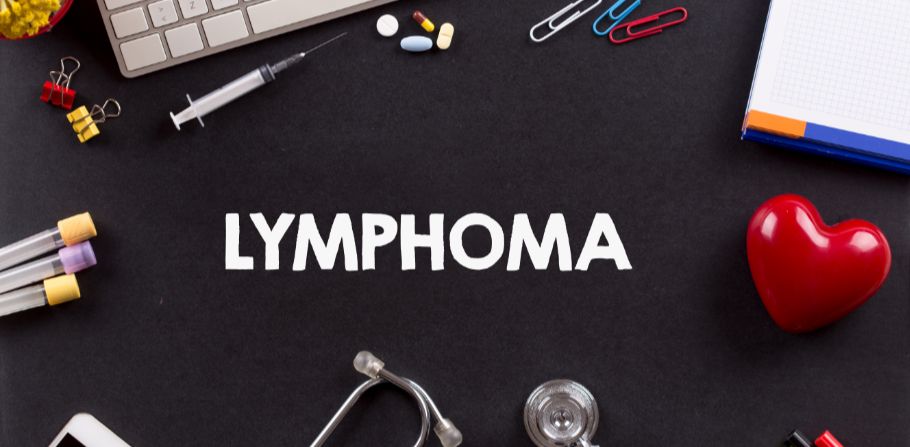News
Article
MRD Status Associated With Event-Free Survival in T-Lymphoblastic Lymphoma
Author(s):
In children with T-lymphoblastic lymphoma, having an MRD status of less than 0.1% may lead to more time without their cancer worsening or coming back.
MRD status can help determine more information sooner for patients and their families, an expert told CURE®.

Having less than 0.1% of minimal residual disease (MRD; how much disease remains after treatment) in the bone marrow at the end of induction (EOI; end of the first stage of treatment) for T-lymphoblastic lymphoma (T-LL) was associated with improved event-free survival (EFS; time after treatment when patients do not experience disease worsening) in patients, a study showed.
T-LL is a type of non-Hodgkin lymphoma that occurs in approximately 35% of non-Hodgkin lymphomas in children, as defined by the Dana-Farber Cancer Institute. This type of lymphoma is when there are lymphoblasts involved, which are immature lymphocytes (types of white blood cells as part of the immune system).
In the study, which was published in Blood, 209 patients aged 1 to 30 years old with T-LL were included, with 86 (41%) consenting to provide optional EOI samples for MRD testing. Patients were randomly assigned to either receive a modified augmented Berlin-Frankfurt-Münster backbone (a type of chemotherapy regimen) in treatment group A or Velcade (bortezomib) in group B, the study noted.
Velcade is a type of treatment that blocks certain enzymes called proteasomes, which prevent cancer cells from growing and may help destroy them, according to the National Cancer Institute.
According to the study results at the EOI, 43.6% of patients were in radiologic remission, meaning they showed no evidence of disease on any type of scan. At the EOI, 55.4% of patients had a partial response to treatment and 1% had stable disease or no response to treatment.
Of the 86 patients who consented to EOI samples for MRD testing, 75 patients who had less than 0.1% of MRD at EOI had a superior four-year EFS, compared with 11 patients who had 0.1% or more MRD at EOI. To note, the overall survival (time patients live with cancer, regardless of disease status) did not have a significant difference between both treatment groups.
The Role of MRD in T-LL
“We need to have additional ways to understand whether or not a patient is at higher risk or not [based on their MRD status],” Dr. Luke Maese, director of the pediatric leukemia/lymphoma and pediatric cancer genetics programs at the University of Utah Huntsman Cancer Institute, told CURE®.
“Typically, when we do these studies, we tried to define, [whether] this is something that's going to be a higher risk situation for a patient and this is what this study looked at,” Maese said. “Trying to define that and by being able to say that if patients didn't do as well [and] if they had this level of disease after 29 days, we can now we can first give them a little bit better idea … when we encounter the situation to the patients.”
He explained that this study’s findings are important for patients and their caregivers because they allow doctors to provide a bit more information at the EOI.
“It's important to understand some of the reasons behind why [doctors] can't necessarily give people direct answers about things at the beginning,” Maese said. “We need to know, what kind of responses [patients are] going to have. While there’s some gray area with these tests, this allows for a little bit more specific information for these families as they go through this therapy, which we’re talking about checking [MRD] level at day 29, while patients still have [almost] another two and a half years of treatment to go.”
Of note, Maese explained the importance of MRD testing, although it was an optional aspect of this study.
“We should probably start doing [more MRD testing] more frequently as [doctors] and that entails … having conversations with families,” he explained. “To submit [samples for MRD testing], patients have to undergo a bone marrow test and that means the patient is sedated — this is something we don’t take lightly.
“But if we have a reason to show that this is going to give us helpful information, and it will be helpful for us to talk to families about that, [we can] help them understand why it’s important that we do this for their child who has T-LL.”
For more news on cancer updates, research and education, don’t forget to subscribe to CURE®’s newsletters here.




